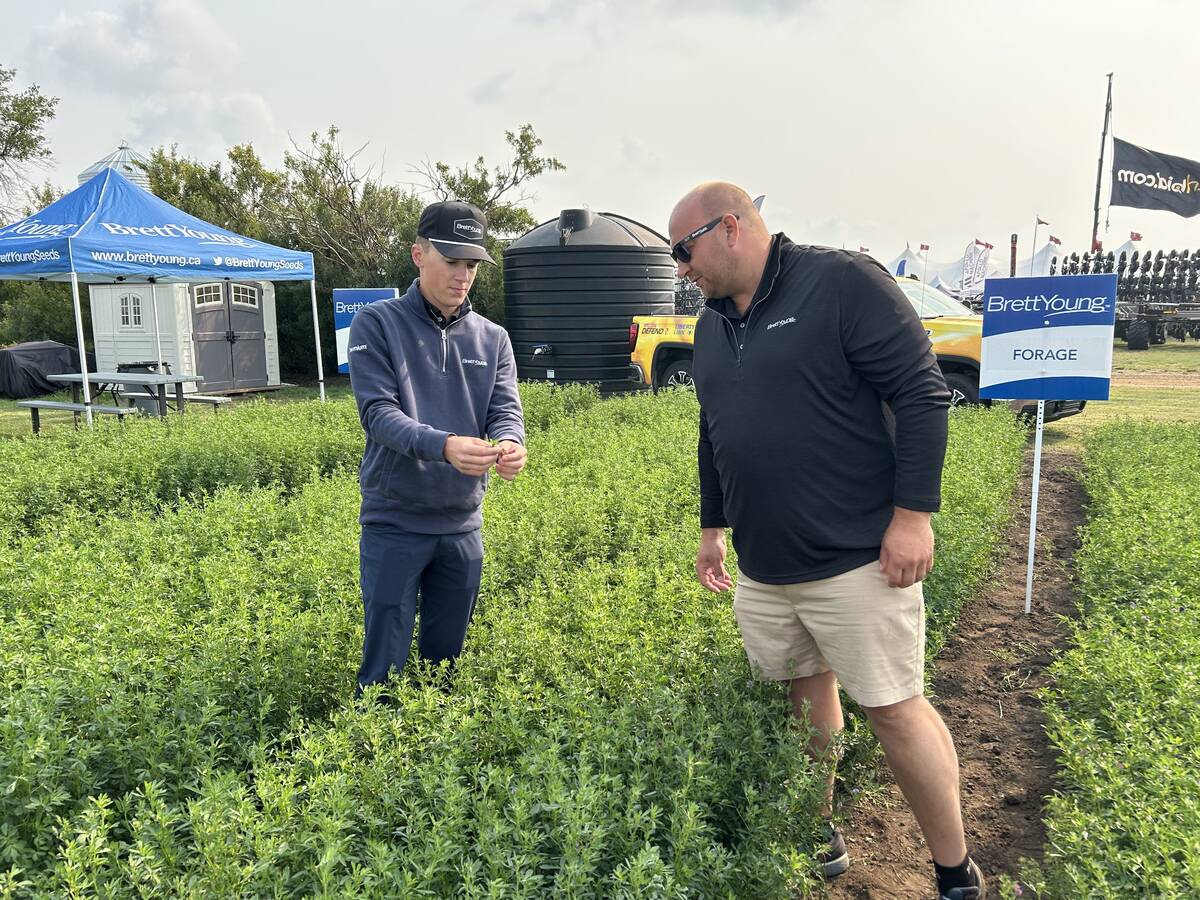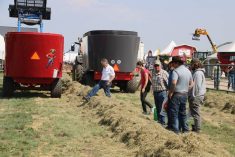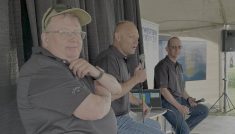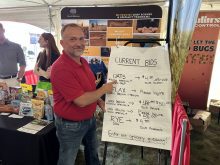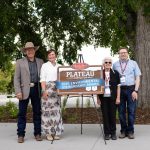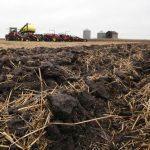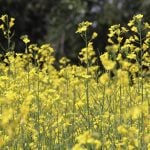Forage sales across the Canadian Prairies have been strong this year, influenced by the hot cattle market, according to seed company representatives.
While touring visitors through the Proven Seed test plots at the recent Ag in Motion 2025 farm show near Langham, Sask., David Cranswick, product line manager for forages, said high cattle prices are driving producers’ seeding decisions.
Follow all our Ag in Motion coverage here
Read Also
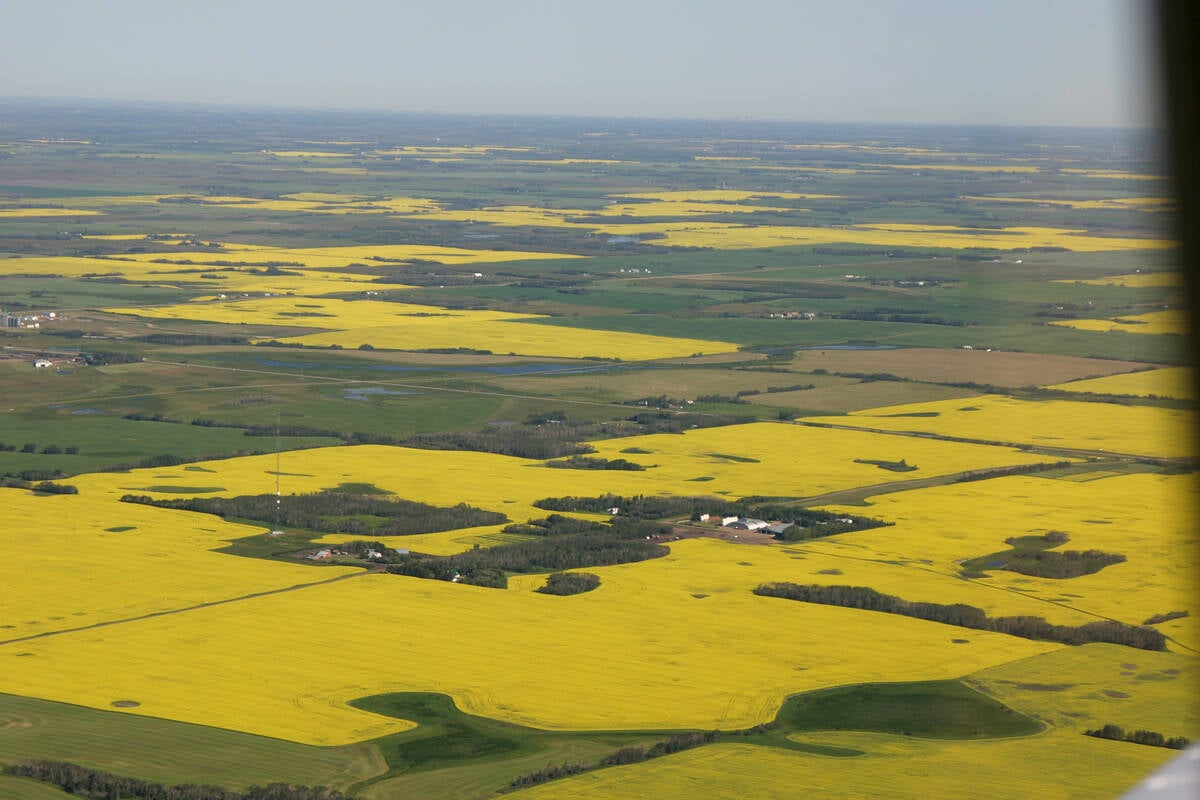
Increasing farmland prices blamed on investors
a major tax and financial services firm says investors are driving up the value of farmland, preventing young farmers from entering the business. Robert Andjelic said that is bullshit.
“Cattle pricing remains strong, so producers are still willing to invest long term, and forage stands, perennial stands are long-term investments,” said Cranswick.
It was the same story at the BrettYoung booth, where Kyle Slobodian, regional account manager for northeastern Saskatchewan, said forage sales were excellent across all regions, with producers seeking good-quality feed for their beef herds.
“Years ago, growers kept stands in for 15, 20-plus years, and now we’re seeing probably an average six to seven years of a stand and being replaced with a higher-quality forage,” said Slobodian.
This was echoed by Kaiden Bursaw, BrettYoung’s regional account manager for southwestern Saskatchewan, who has recently seen more producers seeding new forage stands.
“Guys that have 20-year stands that have been sitting there are starting to figure out that their marginal hay that they’re getting out of it is starting to go down and down and down. So they’re starting to reinvest in that,” said Bursaw.
Finding the right forage variety to suit challenging growing conditions has been a popular topic with producers checking out the forage plots at this year’s edition of the farm show, with drought tolerance being of significant interest to many attendees.
“The weather’s ever changing. We’ve had severe droughts in some areas, and finally, they’re getting the moisture and going to have decent-quality yield,” Slobodian said.
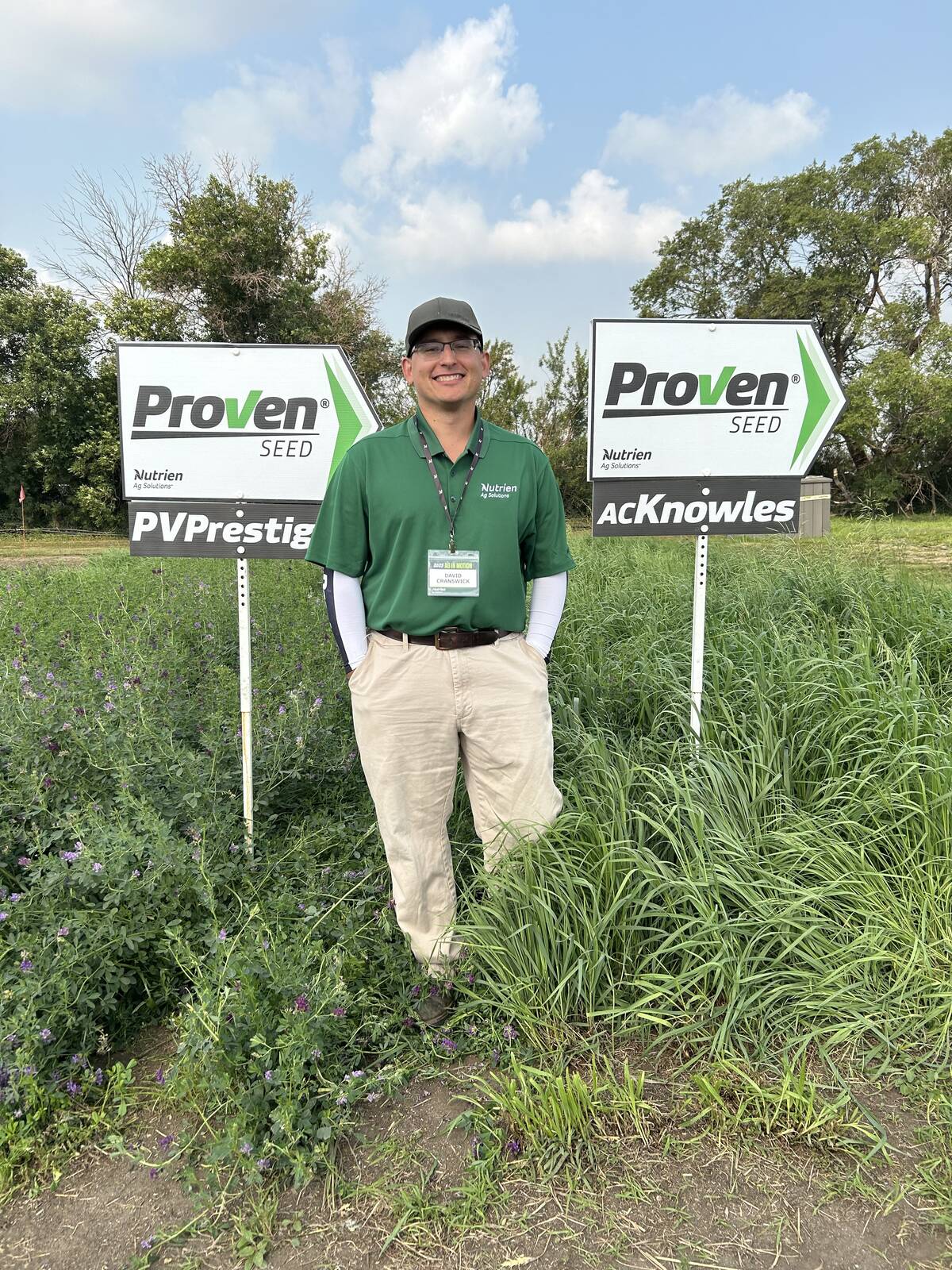
“Then we’ve had other areas that received moisture over the last couple of years that are going to have a very thin crop (this year).”
For areas where rain has been in short supply, Cranswick advised looking into alternative options, whether it’s a short-term fix for feed or a longer-term investment to boost forage quality and yield.
“Sometimes annual crops, if you didn’t get the yield you needed off of your perennials, are a good short-term option — something like a short-term rotation of sorghum or millet just in order to get a little bit of feed carrying you into the fall,” he said.
“Or looking at maybe tearing up a stand and looking at getting a really tough, hardy, drought-tolerant species that will be able to survive into the future.”
Watch for more forage-related coverage from this year’s Ag in Motion in Glacier FarmMedia publications in the coming weeks.




